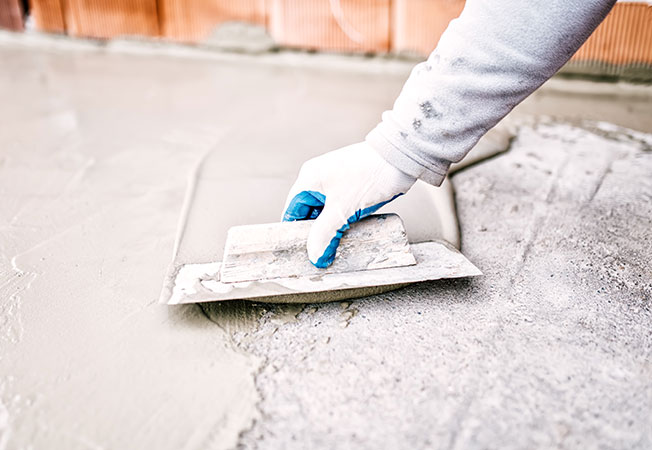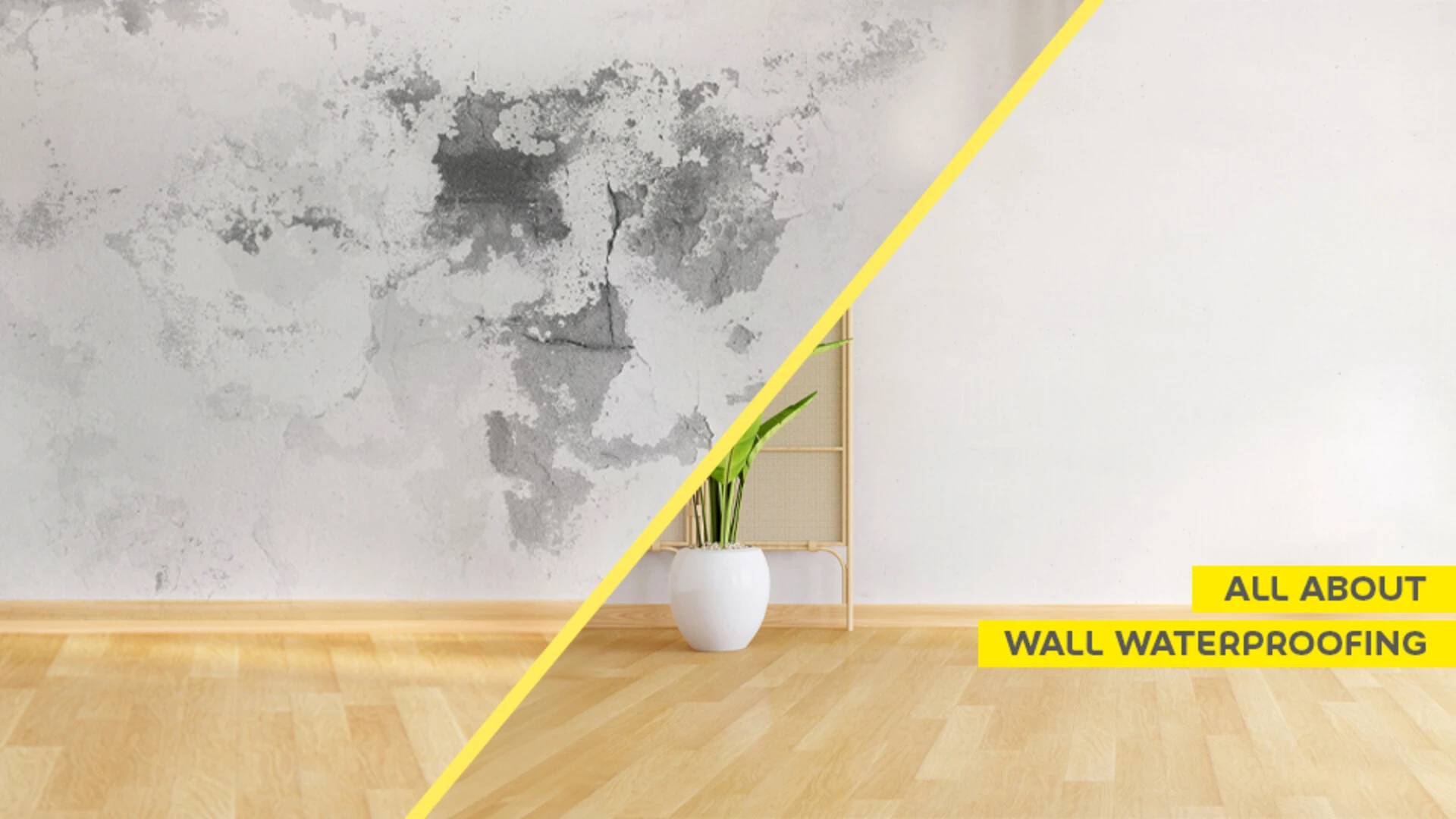How Yard drainage Omaha Boosts Property Value Instantly
Kinds of Waterproofing: Discovering the Numerous Approaches and Their Applications
Waterproofing is an important element of building and maintenance. It secures structures from the detrimental results of water damages. There are several approaches offered, each with its unique applications and advantages. From membrane systems to cementitious solutions, recognizing these options is essential for reliable application. The choice of waterproofing approach can significantly influence longevity and durability. Discovering these different techniques exposes their distinct benefits and prospective obstacles, triggering more consideration of excellent services.
Membrane Layer Waterproofing Systems
Membrane layer waterproofing systems act as a crucial barrier versus water intrusion in different frameworks. These systems normally are composed of thin sheets made from products like rubber, polycarbonate, or bitumen, which are related to surfaces to protect against wetness infiltration. They can be installed over or listed below grade and are specifically reliable in locations prone to high water exposure, such as cellars, roof coverings, and foundations.The installation process entails cleansing the substrate, applying adhesives or primers, and exactly suitable the membrane layer to guarantee complete protection. Membrane layer systems can be either fully adhered, mechanically connected, or laid loose, depending upon the details requirements of the project. They use durability and flexibility, fitting architectural movements without compromising their waterproofing abilities. These systems can be enhanced with added layers for boosted defense. Inevitably, membrane layer waterproofing systems are essential for safeguarding structures versus water damages and keeping lasting honesty.
Liquid-Applied Waterproofing Coatings
Liquid-applied waterproofing layers provide a functional remedy for shielding surface areas from water seepage - Drainage & waterproofing company Omaha. These layers are composed of fluid materials that, when applied, create a smooth, flexible membrane layer. Their flexibility enables application on various substratums, consisting of concrete, metal, and timber. The finishes can be utilized in varied settings, from domestic to commercial setups, making them appropriate for roofs, structures, and below-grade structures.One significant benefit of liquid-applied finishes is their ability to satisfy uneven shapes and permeate cracks, developing a robust obstacle against dampness. They commonly exhibit excellent bond buildings and resistance to UV radiation, guaranteeing long life and sturdiness. In addition, the application process is typically simple, allowing for quick installment and decreased labor prices. This technique additionally minimizes the danger of water merging, as the constant layer properly directs water far from at risk areas. On the whole, liquid-applied waterproofing coverings are a reliable choice for extensive water defense
Cementitious Waterproofing Solutions

Cementitious waterproofing options offer a robust choice for structures needing reputable wetness security. These systems mostly use a mix of concrete, sand, and chemical additives to develop a water-proof barrier. They are frequently related to surface areas such as concrete walls, structures, and floors, giving a long lasting, lasting protection versus water intrusion.One of the key benefits of cementitious waterproofing is its ease of application; it can be used utilizing a brush, roller, or spray, making it suitable for numerous job sizes. Additionally, this approach works with many surface areas and can frequently be made use of in best site conjunction with various other waterproofing techniques.Cementitious services are particularly reliable in environments where water direct exposure is an issue, such as basements or below-grade frameworks. Their excellent bond residential properties guarantee that they bond well with substrates, giving a strong and impenetrable layer versus moisture penetration.
Bentonite Waterproofing
Bentonite waterproofing is an extremely reliable method that uses salt bentonite clay to create a natural obstacle versus water. This technique makes use of the one-of-a-kind residential properties of bentonite, which increases upon contact with water, securing any kind of potential leaks and avoiding wetness seepage. It is generally made use of in various applications, including foundation walls, tunnels, and maintaining wall surfaces, where water resistance is essential.Bentonite can be used in numerous kinds, such as panels or blankets, providing flexibility in setup. Its capacity to self-seal makes it an eye-catching alternative for areas subject to shifting dirt or changing water levels. Additionally, bentonite waterproofing is ecologically pleasant, as it is an all-natural product that does not present dangerous chemicals right into the environments.
Water Drainage and Exterior Waterproofing Equipments
Efficient waterproofing commonly includes a mix of techniques, including drain and external systems. Drainage systems, such as French drains pipes and sump pumps, are made to reroute water away from structures, decreasing hydrostatic pressure versus structures. These systems are vital in stopping water build-up that can cause structural damage and mold and mildew growth.External waterproofing, on the various other hand, includes using protective barriers to the click over here building's outside. Strategies such as the installment of water resistant membranes, finishes, or sealants can assist avoid water infiltration. This method not only secures the foundation but additionally improves the overall durability of the structure.Together, water drainage and outside waterproofing systems form a comprehensive remedy to handle water effectively. By applying these techniques, homeowner can guard their financial investments against the harmful effects of dampness, guaranteeing long-term stability and safety for their structures.
Frequently Asked Inquiries
How Do I Pick the Right Waterproofing Technique for My Project?
Choosing the best waterproofing technique relies on factors such as project type, environmental conditions, budget plan, and preferred durability. Reviewing these aspects permits informed decisions tailored to particular requirements and demands.

Can Waterproofing Be Applied in Winter Issues?
Waterproofing can YOURURL.com be applied in winter conditions, yet it requires certain products and methods. Cold temperature levels may impact healing times and adhesion, demanding careful choice of items designed for low-temperature application.
What Are the Typical Indicators of Waterproofing Failure?
Usual signs of waterproofing failure consist of noticeable water stains, peeling paint, wet smells, mold growth, and splits in wall surfaces or foundations. Foundation waterproofing Omaha. These indicators suggest that dampness is passing through the obstacle, compromising its efficiency
The Length Of Time Does Waterproofing Last Prior To Needing Maintenance?
The durability of waterproofing differs, generally lasting between 5 to ten years. Variables such as worldly quality, environmental problems, and upkeep practices influence its resilience, demanding routine examinations to assure reliable defense versus water breach.
Exist Eco-Friendly Waterproofing Options Available?
The inquiry of eco-friendly waterproofing options reveals a growing interest in lasting products (Sump pump installation & replacement Omaha). Different natural compounds, such as plant-based sealants and recycled products, offer reliable remedies while decreasing ecological influence, attracting ecologically mindful consumers